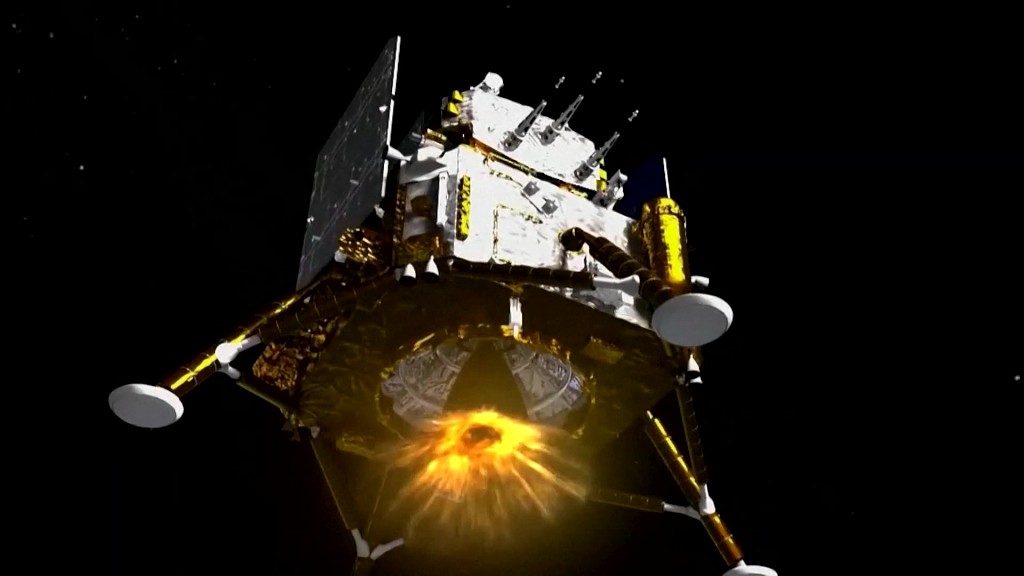Chang'e 6 scheduled for lunar landing next year
By ZHAO LEI | CHINA DAILY | Updated: 2023-09-30 07:33

The Chang'e 6 mission, China's next robotic expedition to the moon, has been scheduled to land on the moon next year, tasked with bringing back samples from the little-known far side, according to the China National Space Administration.
So far, the Chang'e 6 project has progressed smoothly and according to plan, the administration said in a news release on Friday.
To facilitate communications between the Chang'e 6 probe and Earth, a new relay satellite named Queqiao 2 is set to be deployed in lunar orbit in the first half of 2024, it noted.
The Chang'e 6 spacecraft will consist of four components — an orbiter, lander, ascender and re-entry module.
Hu Hao, a senior planner at the administration in charge of the Chang'e 6 mission, said that if everything goes according to plan, the spacecraft will touch down in the South Pole-Aitken Basin and collect dust and rock samples there.
Hu said if the mission succeeds, it would be the first time samples have been collected from the far side of the moon.
"Such samples will enable scientists to advance their studies about the far side. Researchers will also be able to analyze the samples' composition to broaden knowledge about the moon," Hu said.
In addition, the administration has offered to carry a total of 10 kilograms of foreign equipment in the mission's lander and orbiter.
After rounds of selection and talks, it decided that the Chang'e 6's lander will carry scientific instruments from France, Italy and the European Space Agency, and a Pakistani payload will be mounted on the orbiter, according to the planner.
So far, the United States, the former Soviet Union and China have brought lunar substances back to Earth, but none of them has ever obtained samples from the far side.
Tidal forces on Earth slow the moon's rotation to the point where the same side always faces the planet. The other side, most of which is never visible from Earth, is the moon's far side. Although the far side had been extensively photographed by spacecraft, starting with a Soviet probe in 1959, no probe had ever touched down on it until China's Chang'e 4 mission soft-landed in the Von Karman crater in the South Pole-Aitken Basin in January 2019.
China started its lunar program in 2004 and has launched five robotic probes since 2007. The most recent mission, Chang'e 5, landed on the moon in December 2020 and soon returned 1,731 grams of lunar rocks and soil back to Earth, achieving a historic accomplishment about 44 years after the last lunar substances were brought back from our nearest celestial neighbor.
Space program officials said that the substances brought back by the Chang'e 5 probe have helped scientists find out that there was volcanic activity on the moon's near side around 2 billion years ago, and materials from the far side will allow them to verify the hypothesis that volcanoes became inactive about 4 billion years ago on the far side.
In addition, the rover in the Chang'e 4 mission, Yutu 2, has been working there for nearly five years as the longest-operating lunar rover.
























